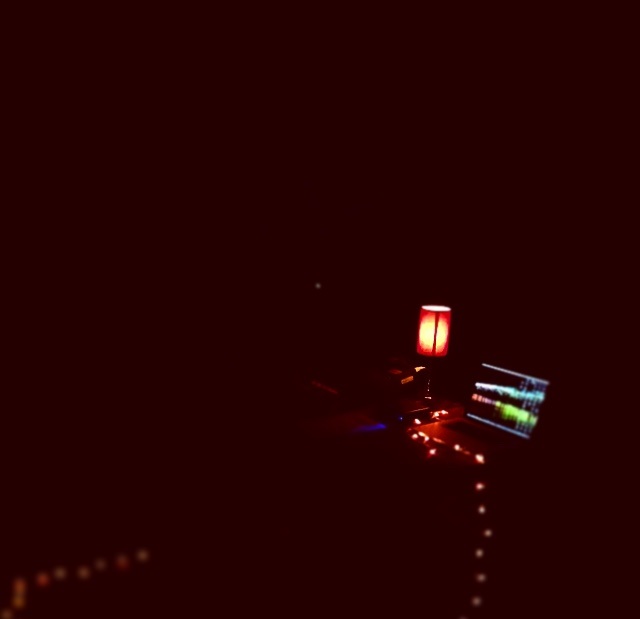Contextualising And Articulating A Non-Place Environment



This sound-art installation focusses on the background noise that develops and weaves around us in social environments. In recent discussions, spaces such as airports and train stations for instance, are being acknowledged as non-places due to their impersonal nature and "localised cultures" (Auge, 1995) within. Thousands of people pass through these buildings on a daily basis, but seem preoccupied with their own plans for travel, their tablets and devices. My fundamental values lie in addressing that sound should be appreciated in all environments, and through the understanding of our surroundings we must learn to appreciate and acknowledge the beauty of the architectural, spatial and socially respondent world we live in. Sound is such a powerful force in our lives and one in which we heavily rely on. Through streaming and social interfaces, I almost paradoxically accentuate this importance by creating chaotic and unpredictable acousmatic sound from the most basic of natural sounds.
This is an aurally focused experience for audiences to immerse themselves within the electroacoustic soundscape that evolves and consumes them.
Auge, M (1995) Non-Places: Introduction to Anthropology of Supermodernity. Verso, London, UK
A Discussion into the Construction & Corporeality of Place and the Acoustic Ecological Environment that inhabits it





While a postgraduate at Goldsmiths, I exhibited a similar interactive installation at the university's church on St. James Road, New Cross. The piece followed a similar aesthetic and was presented in an equal manner, differences between the two being that sound was streamed from Goldsmiths' library in comparison to train stations that were used in previous exhibition(s) for instance. Interactivity between audience members and the installation itself were also heightened with the inclusion of a mixing desk to allow users to attenuate the level of each speaker within the room, and numerous audience members could enter the installation space at a time as apposed to single-file.